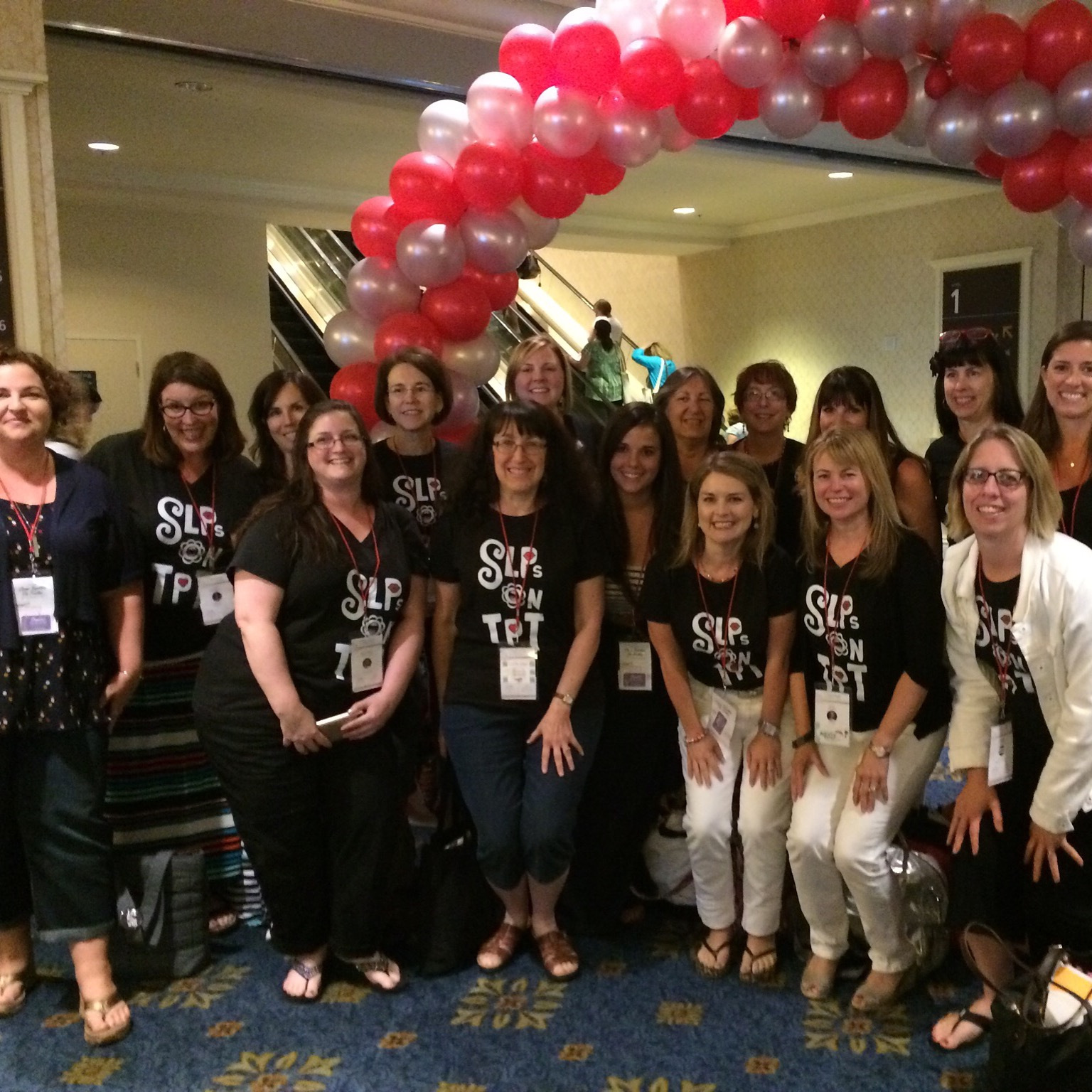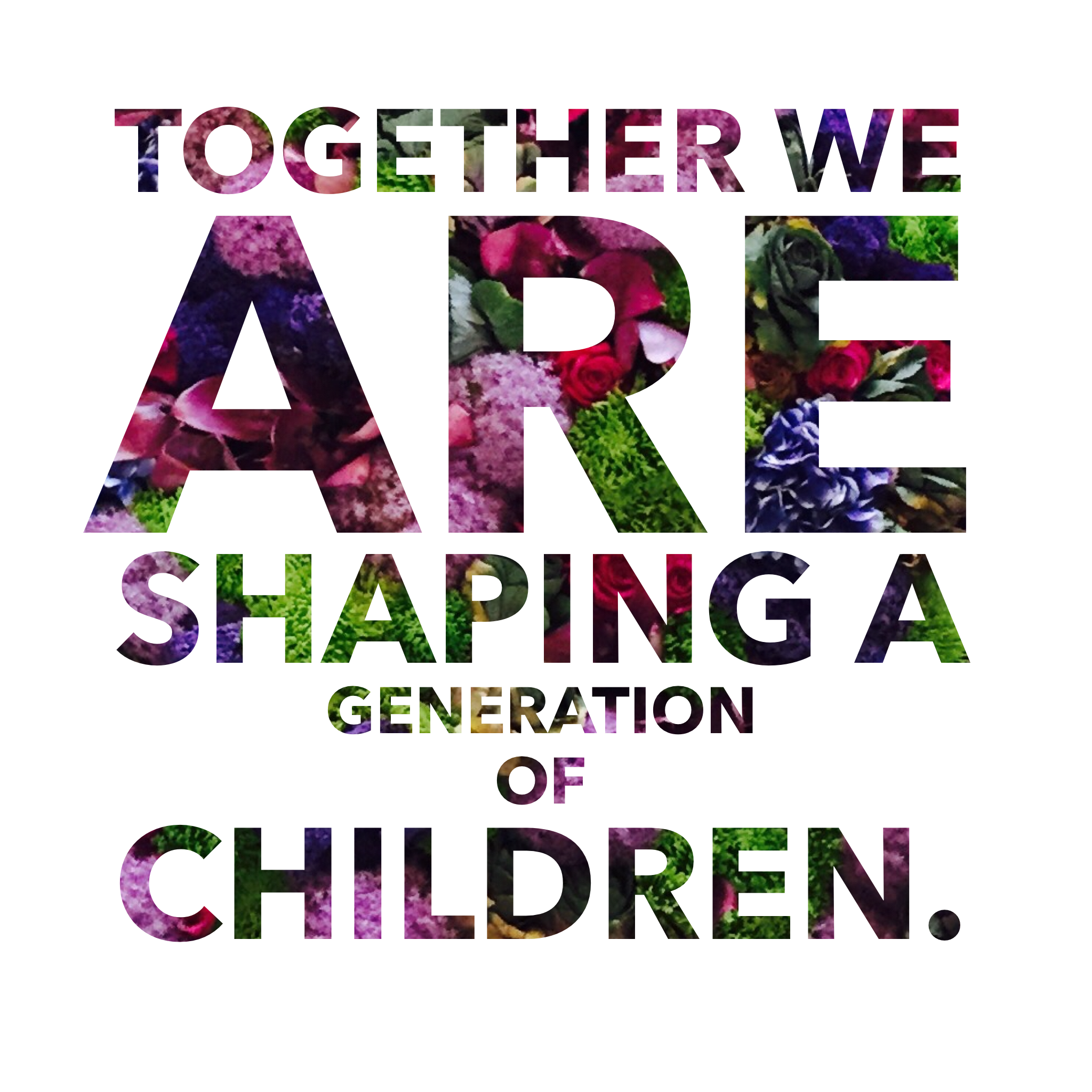by Anne Page | Aug 3, 2015 | Language Activities, Sales, TPT Products

It’s back to school time and Teachers Pay Teachers is making it a little easier to go back.
The big site wide sale is on all day August 4th. Take some time to fill your cart and get up to 28% off. (Pssst….Use the code BTS15).
I don’t know about you but my cart is full! So many great resources for such great prices.
My newest product is all about vocabulary!. I have linked the activities to the common core curriculum to provide 6 lessons that will help increase vocabulary and reading comprehension.

I hope you love it…I included QR codes, photos, and reading comprehension questions to make it fun, multi-sensory, and functional.
Happy Shopping!
Anne

by Anne Page | Jul 15, 2015 | Blog, Inspiration
What a wild ride!
Last week I had the pleasure of participating in the Las Vegas TPT Conference 2015 “Come Together Go Further” with about 1100 other Teachers Pay Teachers premium sellers.
Since I live in Phoenix, I decided to drive. It was about a 5 hour road trip through some beautiful desert scenery that is very dear to me since I grew up in Nevada and Arizona.
The conference was at the beautiful Venetian hotel and casino. Where else would you find ladies in dresses made of roses and orchids?
THE highlight of the trip for me was meeting members of my tribe “SLPs on TPT”. Our shirts and presence made quite a splash, we were even mentioned by TPT royalty and CEO Adam Freed.

Recognize anyone?
I had the good fortune of meeting up with Kim Lewis from Activity Tailor. Her wonderful blog is the first speechie blogs I started following. (Love her artic. zig-zags)
I also met Maureen from The Speech Bubble and Natalie Snyders (I have their products)

And here I am with the wonderful Felice Clark from The Dabbing Speechie and bilingual SLP Sarah Wu from Speech is Beautiful.
It is so great to see someone go from a little two dimensional profile pic on facebook or instagram to a life sized three dimensional person. Everyone was so willing to share and collaborate; it was refreshing.
The conference itself was amazing! Top notch presenters and sellers shared their knowledge, expertise and enthusiasm. I found myself wanting to get autographs…I mean, Kimberly Geswein of KG Fonts (she is hilarious) and The 3am Teacher( I watched her tutorial to first learn to make products). I could go on and on.
If you are a TPT seller, I would wholeheartedly recommend this conference. I am already planning on going next year!
Until then, I have plenty of new ideas and resources to keep me busy and to make
my TPT store and products even better! Erin Cobb from Lovin’ Lit generously handed out these planners at her session (boy, did I learn a lot from her).
My big takeaway was a greater understanding of the power of networking. When we work together, we are all creating better products and becoming better within our profession.
The end result: we are helping a whole generation of students learn and reach their potential.
That’s what it’s all about, right?
Did you like this post? If so, sign up at the top of this page to receive emails about freebies, products and inspiration.
******************************************************************
Thanks to Lisette from
Speech Sprouts and Laura from
All Y’all Need for hosting this Linky Party. Drop by and visit their blogs by clicking on the blog name.

by Anne Page | Jun 3, 2015 | Blog
Lots of activity here this summer. Since I am a school based SLP, I am taking advantage of some time off and upgrading my website. I am building it on my own, an ambitious project, I know. Here is my new logo, which I love. It’s upbeat and cheerful (like me). Stay tuned for lots of fun changes and new products. Warning: I will probably make some mistakes. So if you are here and things look weird, don’t worry I will figure it out.


by Anne Page | May 26, 2015 | Blog, Freebies, Inspiration
 I am so proud to be one of the 140,000 speech language pathologists in the United States. We change lives-that’s our superpower!
I am so proud to be one of the 140,000 speech language pathologists in the United States. We change lives-that’s our superpower!
You hold the key to helping each child you work with develop his communication skills to his full potential.
May is Better Hearing and Speech Month. Sponsored by the American Speech Language Hearing Association (ASHA), this is the time of year for SLPs to promote awareness of communication disorders and let our co-workers/colleagues know what we do.
But really, how many people know what we do?
I work in a school setting and have been talking to the teachers to let them know how we can work together as a tean to help students learn and grow.
I explain it during IEP meetings and eligibility meetings, never assuming that they already know what I do.
This year I created a poster/handout to add another layer to the process. “What’s Speech Got to Do with Academics or How Can an SLP Help a Classroom Teacher”is a great tool to promote understanding of the role of SLP’s in the school setting.
Collaboration is key.
Bulleted points link specific speech language skills to Reading and Writing, Math and Classroom Presentations and Social Skills. Click here to get your free copy.

Another handy resource (and yes it’s free too) explains the difference between speech and language. Click on the picture for your copy.

Finally, one more fun freebie to help promote understanding of what we do. “But What Does It Mean? 10 Tips Explaining Speech and Language Evaluations in Parent Friendly Language”. This is a free gift for signing up for the Beautiful Speech Life email list. The sign-up is here at the top of the page.
Keep doing what you do my speechie friends, you are making the world a better place.

by Anne Page | Mar 22, 2015 | Blog, Updates
Over the next month Beautiful Speech Life is undergoing some changes in terms of appearance. Please bear with me as I complete the re-design. I’m working to make design changes to make this site as user friendly as possible.





















 Hey there I’m Anne Page. I help heart centered SLPs and educators put the fun in functional communication.
Hey there I’m Anne Page. I help heart centered SLPs and educators put the fun in functional communication. 